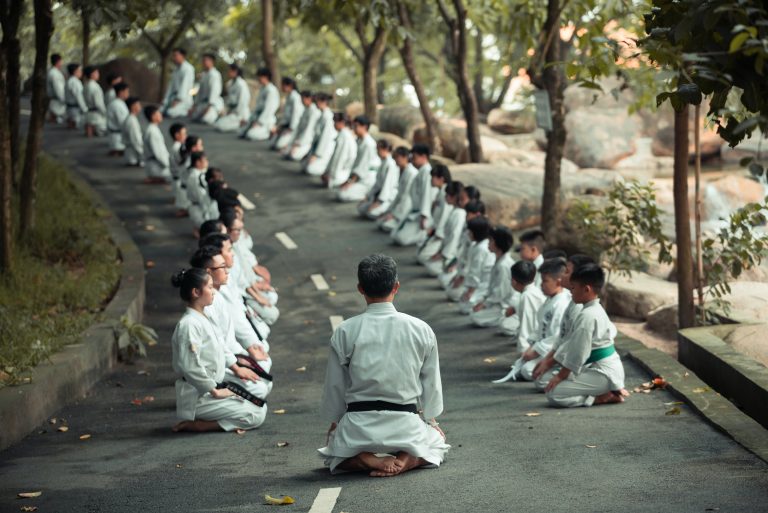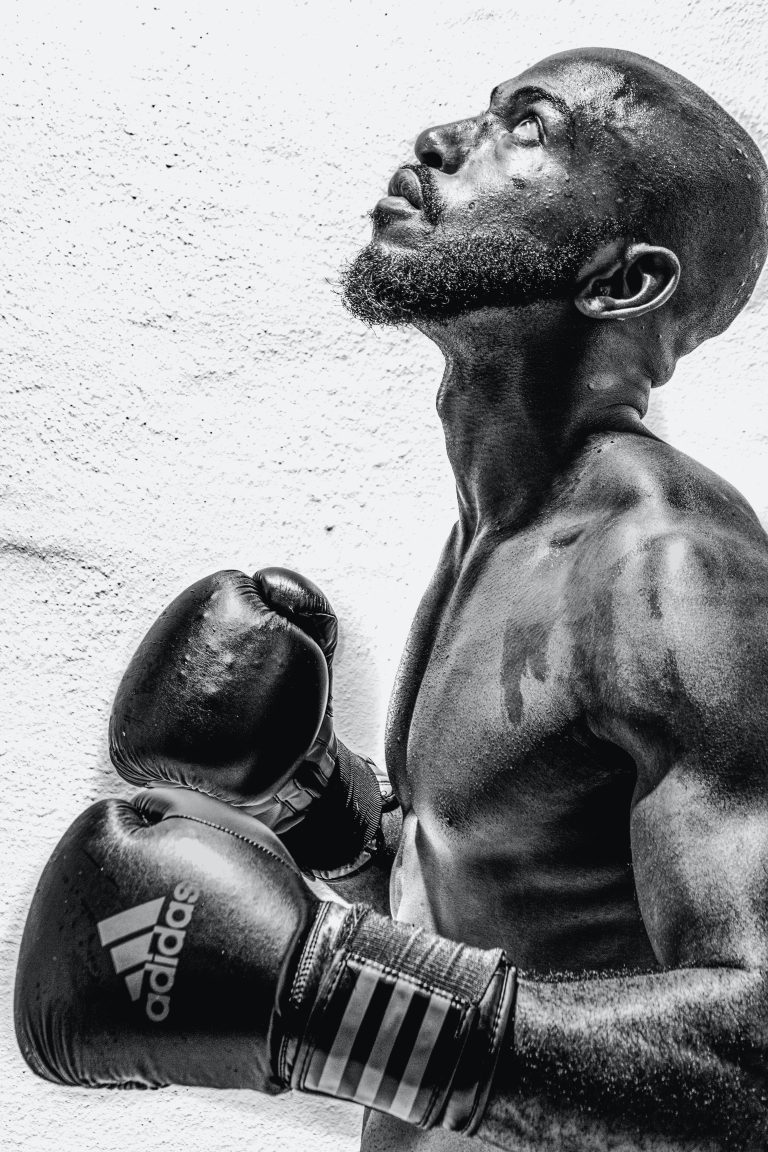How Many Karate Moves Are There? An In-Depth Look
Karate is a martial art that originated in Okinawa, Japan in the early 20th century. It is a combination of different techniques and moves, which makes it a complex and fascinating combat sport. One question that often arises among karate enthusiasts is the number of karate moves available. In this blog post, we’ll take an in-depth look at how many karate moves exist and what they are.
What is Karate?
Before diving into the number of karate moves, let’s first understand what karate is. Karate is a combination of different martial arts techniques, including kicking, punching, grappling, and joint locking. It is a system of self-defense that emphasizes the use of the entire body to deliver powerful strikes and blocks. Karate can be practiced for self-defense, exercise, and competition in tournaments.
Types of Karate Moves
Karate has a vast range of techniques that can be classified into four major categories, namely:
Strikes (Tsuki)
Karate strikes include different types of punches, elbow strikes, and knife-hand strikes. These strikes normally target the head, body, and legs.
Kicks (Keri)
Karate kicks include front kicks, roundhouse kicks, side kicks, back kicks, and crescent kicks. These kicks target the lower body, including the groin, legs, and hips.
Blocks (Uke)
Karate blocks are used to defend against strikes and kicks. There are different types of blocks, including high blocks, low blocks, inside blocks, and outside blocks.
Throws and Grappling (Nage and Katame)
Karate throws and grappling involve techniques used for taking down the opponent, immobilizing them, and applying joint locks. These techniques are used to control the opponent and create an opportunity for a strike.
How Many Karate Moves Are There?
The number of karate moves that exist is massive and depends on the system or style of karate. Each karate style has its unique kata, which is a series of movements, and techniques that are used in competition and self-defense. The number of karate moves in a particular style varies depending on the level of mastery.
According to KaratebyJesse, one of the leading karate blogs, there are approximately 6,000 karate moves! Now, this number can be overwhelming for those who are just starting with karate. However, it’s worth noting that most karate practitioners tend to focus on a few specific techniques that best suit their style.
Popular Karate Moves
Now that we know how many karate moves there are, let’s look at some of the most popular karate moves:
The Front Kick (Mae Geri)
The front kick is one of the most popular karate moves used for striking an opponent. It involves lifting the knee and extending the foot forward to deliver a strong strike to the opponent’s abdomen or chest.
The Roundhouse Kick (Mawashi Geri)
The roundhouse kick is another popular karate move. It involves pivoting on the ball of one foot while the other leg is lifted and rotated to strike with the foot. The strike is delivered using the heel or ball of the foot, targeting the opponent’s ribcage, head, or legs.
The Reverse Punch (Gyaku Tsuki)
The reverse punch is a potent karate move delivered straight ahead with the rear hand. It involves twisting the body to generate power and punching with the back fist. This move is generally used in close combat, and its speed and precision make it an effective technique.
The Knife-Hand Strike (Shuto Uchi)
The Knife-hand strike is a powerful karate move that involves striking with the side of the hand. It targets various pressure points in the opponent’s body, including the throat and the temple. This move is commonly used to incapacitate an attacker quickly.
Introduction to Karate and The Number of Karate Moves Available
Karate is a popular martial art that originated from Okinawa, Japan, in the early 1900s. It involves various movements, techniques, and punches to strike an opponent, block attacks, and perform throws. One of the most frequently asked questions regarding karate is, „How many karate moves are there?“
This is a difficult question to answer definitively because karate is an ever-evolving art, and there are thousands of techniques and variations that change over time. However, in this blog post, we will attempt to give an overview of the number of karate moves and address some related questions.
What is a Karate Move?
Before going into the question of how many karate moves there are, it is essential to understand what a karate move is. A karate move is a specific technique, consisting of a combination of stances, strikes, kicks, and blocks that work together to achieve specific martial combat objectives.
In karate, there are different types of moves, such as punches like the front punch (Choku-tsuki), hook punch (Kagi-tsuki), and uppercut (Age-tsuki). There are also kicks such as the front kick (Mae-geri), sidekick (Yoko-Geri), and back kick (Ushiro-geri). Other moves could be throws, joint-locks, and grappling.
How Many Karate Moves Are There?
It is impossible to give a definitive answer to the question of how many karate moves there are. The reason for this is that there are many different styles and schools of karate, each with their unique set of moves, techniques, and variations. Each style has its own set of philosophies and techniques that have been refined over hundreds of years of practice and experimentation.
However, it is believed that there are anywhere from 60 to 80 basic moves that are fundamental to most karate styles. These fundamental techniques are usually broken down into three general categories: strikes, blocks, and kicks. These fundamental techniques, however, serve as building blocks for more advanced techniques, which are built on basic moves to develop a unique set of styles.
How Are Karate Moves Learned?
Karate moves are typically learned through a steady progression of training and practice, beginning with the basics and gradually moving up to more advanced moves. The class syllabus typically starts with the fundamental basic techniques, which progressively increase in complexity as students become more advanced.
Students learn the individual techniques slowly and deliberately with the aim of mastering each move before moving to another skill set. Proficiency in karate comes with practice, repetition, and refinement of technique.
How Many Belt Levels are There in Karate?
In karate, students progress through a series of belt levels, each representing a higher level of proficiency in the art. The number of belt levels varies depending on the style or school of karate. Still, typically, there are ten belt levels for the popular Japanese style of Shotokan Karate.
The belt levels start with the beginner’s white belt and then gradually move up the ranks to yellow, orange, green, blue, purple, brown, and black. In some schools, there are intermediate belt levels between each belt. As students progress through the belt levels, they are required to demonstrate proficiency in increasingly complex moves and techniques.
How To Learn Karate Moves
If you’re aspiring to become a karate practitioner, understanding different karate moves is essential. However, before learning any moves, it’s crucial to understand the basics of karate. For instance, the origin and the philosophy behind it. Karate is believed to have originated from Okinawa, Japan, and it’s a martial art that combines different techniques, such as strikes, blocks, and kicks, to defend oneself from an attacker.
Now, the big question is, how many karate moves are there? While there are numerous karate moves, understanding the most basic ones is crucial. This guide will provide you with step-by-step instructions on how to learn karate moves and some of the most basic ones.
Step 1: Choose a Karate Style
Before diving deeper into the different moves, you need to choose your preferred karate style. There are several karate styles, such as Shotokan, Goju-Ryu, Wado-Ryu, and Shito-Ryu, to mention a few. Each style has its unique moves, techniques, and philosophy. Therefore, it’s advisable to research and understand each style before choosing one that best suits you.
Step 2: Find a Qualified Karate Instructor
After selecting your preferred style, the next step is to find a qualified karate instructor. A good instructor will help you understand the different fundamentals of karate, including the basic moves, stances, and breathing techniques. The instructor will also guide you through the different levels of training and help you master more complex moves over time. Therefore, it’s essential to look out for an experienced karate instructor before starting your training.
Step 3: Learn the Basic Karate Moves
Once you’ve found a qualified instructor, the next step is to learn the basic karate moves. These moves include:
1. Front Punch
The front punch is one of the most basic karate moves. To perform this move, stand with your feet shoulder-width apart, your left hand at your waist, and your right fist by your right shoulder. Then, extend your right arm forward, keeping it straight, and punch straight ahead. Bring back your right arm and repeat the move several times. Remember to switch sides and practice with both hands.
2. Front Kick
The front kick is another basic move that involves kicking forward with the ball of your foot. To perform a front kick, stand with your feet shoulder-width apart and your arms at your waist. Then, lift your right leg and kick forward with the ball of your foot. Bring your leg back down and repeat the move several times. As with the front punch, remember to practice with both legs.
3. Block
A block is a defensive move that helps deflect an attacker’s attack. To perform a block, stand with your feet shoulder-width apart and your arms by your waist. Raise your left arm diagonally across your body and your right arm to shoulder height, forming an X shape. This position protects your face and torso from any incoming attack. Practice blocking punches and kicks with both arms.
Step 4: Practice and Master the Karate Moves
Once you’ve learned the basic karate moves, the next step is to practice and master them. You can practice alone or with a partner under the guidance of your instructor. Over time, your instructor will teach you more complex moves and techniques as you progress through the different levels of training.
Conclusion
Karate is an art that takes time, patience, and dedication to master. However, by following these steps and with consistent practice, you can learn and master the most basic karate moves. Remember to choose a karate style that suits you, find a qualified instructor, and practice regularly. With time, you’ll develop the necessary discipline, control, and focus needed to become a proficient karate practitioner.
Inhaltsverzeichnis






